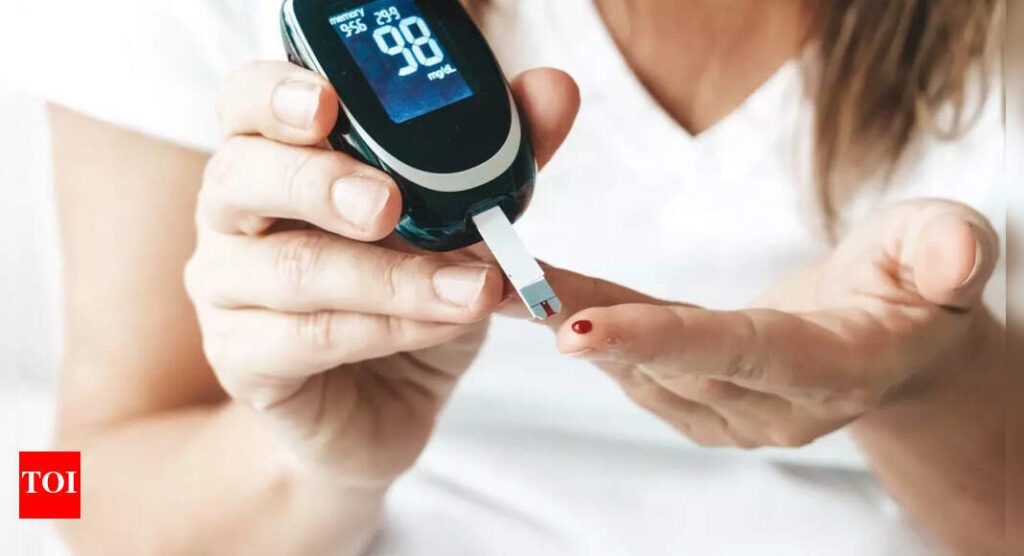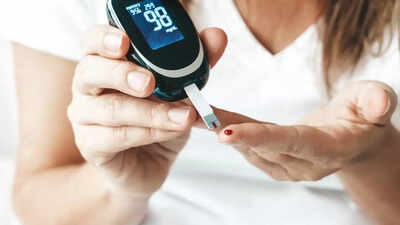Prediabetes affects over one in three adults in the United States and is defined by elevated blood sugar levels that are not yet high enough for a diabetes diagnosis. If left unmanaged, roughly 70% of those with prediabetes may develop type 2 diabetes, increasing the risk of complications such as heart disease, kidney damage, and nerve problems. Traditionally, reversing prediabetes has focused on weight loss through diet, exercise, or medications. However, recent research indicates a paradigm shift: improving glucose regulation and insulin sensitivity may be more critical than merely reducing body weight. Lifestyle interventions targeting fat distribution, physical activity, and diet can achieve remission and substantially lower the long-term risk of type 2 diabetes.
Prediabetes reversal possible without weight loss: Study shows 70% reduced diabetes risk
A recent study published in Nature Medicine by researchers at University Hospital Tübingen in Germany found that prediabetes can be reversed even without losing weight. Participants who achieved normal blood glucose regulation after a year of lifestyle interventions—but did not experience significant weight loss—had a 70% lower risk of developing type 2 diabetes over five years compared with those who did not achieve remission.Dr. Andreas Birkenfeld, co-author of the study, told Medical News Today:“A lifestyle intervention can bring prediabetes into remission, meaning back to normal glucose values, even without weight loss, and this remission cuts future type 2 diabetes risk by approximately 70% over up to 10 years.”This research challenges the long-standing belief that significant weight loss is the primary pathway to reversing prediabetes.
Fat distribution, not weight loss, is key to reversing prediabetes
Interestingly, participants who reversed prediabetes demonstrated changes in fat distribution rather than total fat loss. Their bodies stored more subcutaneous fat (beneath the skin) and reduced visceral fat, which surrounds abdominal organs and contributes to inflammation and insulin resistance.Dr. Reiner Jumpertz-von Schwartzenberg explained:“This reversal of prediabetes in the absence of weight loss was likely via better insulin sensitivity, improved beta-cell function, and a shift of fat toward subcutaneous rather than visceral depots.”Experts like Dr. Sonia Caprio from Yale School of Medicine highlight that this study reveals a weight-independent pathway for improving glucose regulation. She notes:“Glycemic status is related to body fat distribution, not just weight.”This underscores that focusing purely on the number on the scale may not be the most effective strategy for long-term metabolic health.
Lifestyle interventions that make a difference
Managing prediabetes goes beyond weight loss. The study reinforces that lifestyle interventions targeting glucose control and visceral fat reduction can significantly reduce diabetes risk. Key strategies include:1. Physical activityEngage in at least 150 minutes of moderate aerobic exercise weekly, supplemented with resistance training 2–3 times per week. This improves insulin sensitivity and reduces harmful visceral fat.2. Dietary modificationsAdopt diets such as the Mediterranean or DASH diet, rich in fibre, whole grains, vegetables, fruits, nuts, seeds, and healthy fats, while limiting sugar, processed foods, and saturated fats.3. Sleep and stress managementAdequate sleep and effective stress management support glucose regulation and overall metabolic health.Dr. Birkenfeld advises:“Don’t focus on the scale alone—aim to normalize glucose through lifestyle that boosts insulin sensitivity and reduces visceral fat. Achieving remission matters more for diabetes prevention than hitting a specific weight-loss number.”This study provides hope for millions of adults with prediabetes. It shows that reversing prediabetes is achievable without dramatic weight loss. By prioritising glucose control and improving body fat distribution, individuals can significantly reduce their long-term risk of type 2 diabetes. Focusing on lifestyle interventions that target insulin sensitivity, healthy fat distribution, and metabolic health—not just the number on the scale—offers a more sustainable and effective approach to reclaiming metabolic wellness.Also Read | Lose belly fat in 30 days: Nutritionist reveals ‘magic drink’ that reduces bloating, and supports gut health


